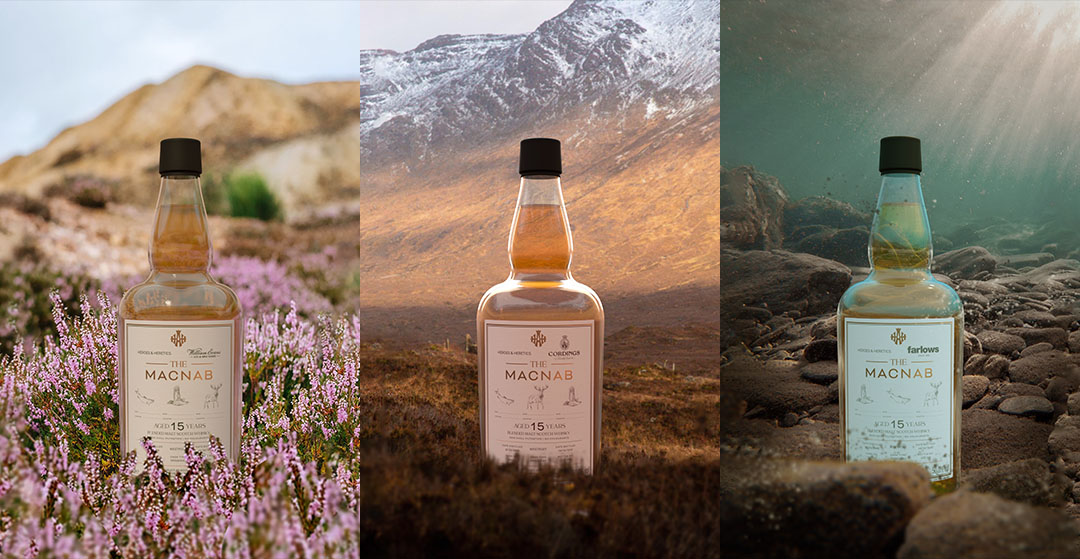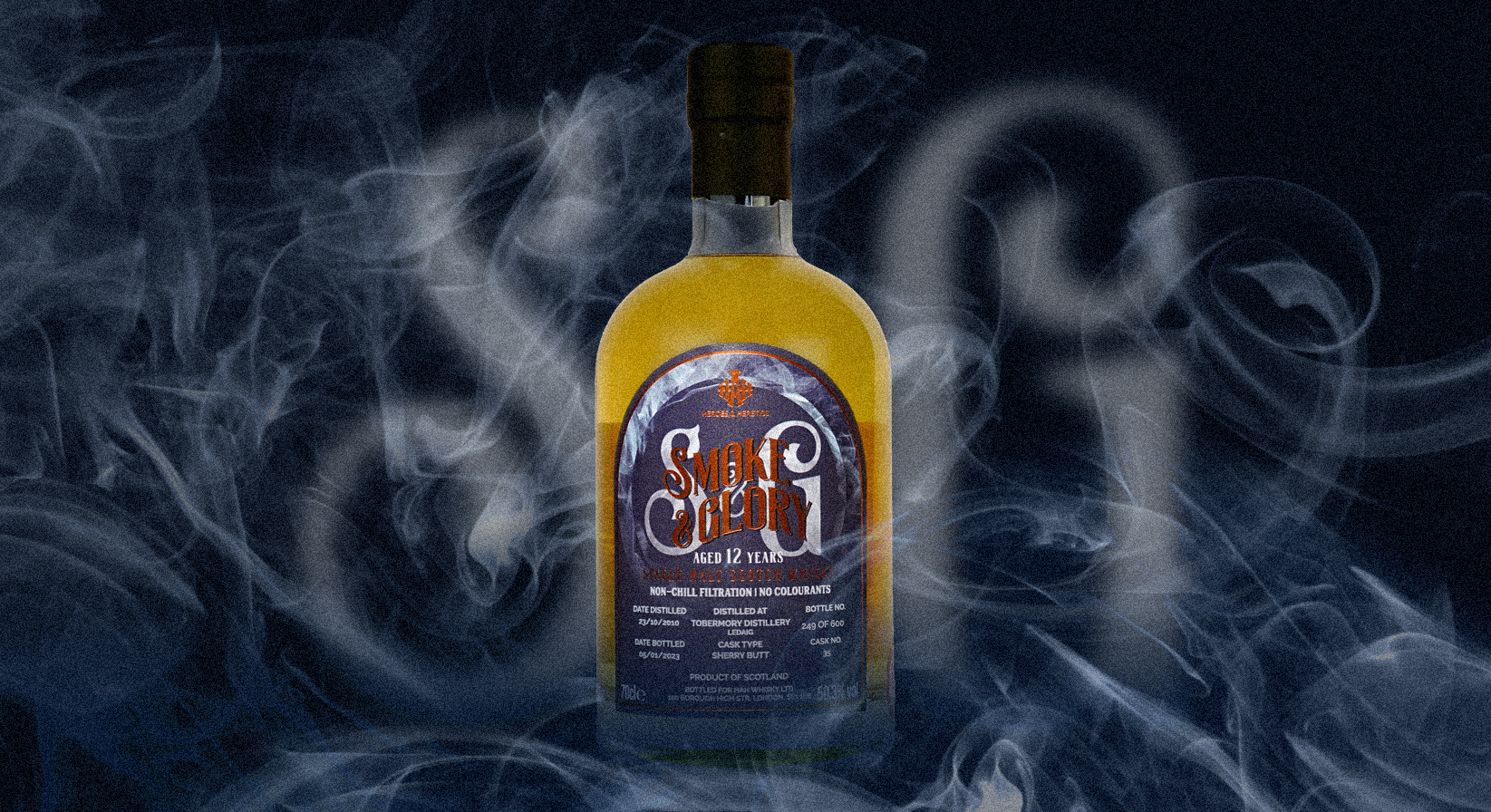This simple guide is aimed at eager beginners (no experience necessary) who want to know more about finding and purchasing bottles using their own judgement and to start exploring the wide and wonderful world of whisky. The vast majority of people are not experts on wines and spirits. Indeed, must have not tried whisky in any of its forms.
So, if you aren’t a big whisky drinker, there’s still plenty of reasons to buy a bottle of good value whisky. This might include obvious celebration times (birthdays and Christmas) or it might be to make your booze cabinet more rounded for guests. Maybe you are ready to experience something new or repeat a previous good experience.
You may be lucky and stumble across a classic bottle. You may have osmotically acquired knowledge from films, television or friends. Here is the thing – wouldn’t it be nice to know what to look for when buying a good whisky bottle?
However, it also works for anyone who wants to be able to navigate the sometimes confusing information that can be found on whisky bottle labels.
One of the key things to look for is an age statement. If a whisky doesn’t have an age statement on it, this probably means the liquid is anywhere between 3 to 9 years old. While I have tried many superb young whiskies with no age statement on the bottle (these are called No Age Statement, or NAS whiskies), I also find a lot of NAS bottles are still unremarkable and/or overpriced. Unless you are pretty sure that the bottle of young whisky in front of you is good, I’d tend towards something that’s 10 years or older.
There are 5 different categories of Scottish whisky, and each category boasts some phenomenal choices. However, some are more consistent in quality than others. Here are the different types and what that means:
- Single Malt: This is whisky made from 100% malted barley from one single distillery. Single malts are feted (with justification) as being the highest quality Scotch whisky compared to the other types.
- Blended malt: This is whisky made from 100% malted barley produced in two or more distilleries.
- Single Grain: Under scotch whisky law, if whisky isn’t made from malted barley, it legally is defined as ‘grain’, which 99% of the time means corn (maize) or wheat. I also think this is an underrated category, as grain is typically seen as ‘inferior’.
- Blended Grain: Like with the blended malt, this is whisky made from wheat or corn that has been produced at two or more distilleries.
- Blended: A mix of malt whisky and grain whisky from two or more distilleries, this is probably the most common type of whisky in the world.
Look for information about maturation. 99% of Scotch whisky is matured in casks that came from other drinks industries, and sometimes a bottle will include some information about its maturation history. ‘American oak’ will almost always mean ex-bourbon, and which tends towards a lighter, creamier profile. ‘Sherry casks’, which includes the terms ‘PX’, ‘Fino’, and ‘Oloroso’, is a bit of a nebulous term these days, but this will probably mean fruitier and tannic flavours. Sometimes other casks come into play (such as port or wine), these also bring fruity elements. Also, if you see the words ‘First fill’, this is usually a good thing.
Look for tasting notes. A lot of Scotch whisky bottles include tasting notes describing its contents (usually divided into ‘nose’ and ‘taste’) and serves as a passable guide for what to expect. The more detail on the tasting notes the better in my opinion. Also, if whisky is smoky, you’ll often see the words ‘peat’, or ‘smoke’ on the bottle highlighting this quality. The whisky will probably have a meatier, heavier profile, and will include various meat and fish words in the tasting notes, or the word ‘bonfire’.
Look for the alcohol strength. If whisky is between 40-50% alcohol by volume (ABV) this means that water was added before the whisky was bottled. 51%+, usually means that the whisky is ‘cask strength’, that it was bottled without adding extra water. Keep in mind that many older cask strength whiskies (25 years+) might still be cask strength even if the ABV dips below 50%.Higher alcohol strength isn’t an indicator of quality, but I do find that cask strength whisky tends to be consistently good, though I recommend adding water to your glass to counter the strong alcohol content.
Look for artificially coloured or chill-filtered. Most Scotch whiskies, even the best stuff, is artificially coloured, and a lot of it is also chill-filtered (chill filtering applies to whiskies below 46% ABV). Adding caramel colouring (e150) to the whisky makes it look darker, and therefore more appealing. However, it’s not a great quality indicator (one of my favourite go-to whiskies, Lagavulin 16, is artificially coloured). Unless a bottle says that there’s no artificial colouring in the contents, it’s probably artificially coloured. Don’t worry about this issue too much but when it comes to chill filtering, in my opinion, it doesn’t hurt to be a little snooty and to go for a bottle that clearly states that there’s no chill filtering involved.
Dispelling the region myth. This isn’t particularly relevant looking at a bottle but is worth knowing. Historically, Scotch whisky has been marketed as a product that comes from 4-6 different ‘regions’ (Highlands, Lowlands, Speyside, Campbeltown, Islands, etc.), and that each region has its own flavour profile. Often, Scotch whiskies are grouped into these categories in shops.



You must be logged in to post a comment.